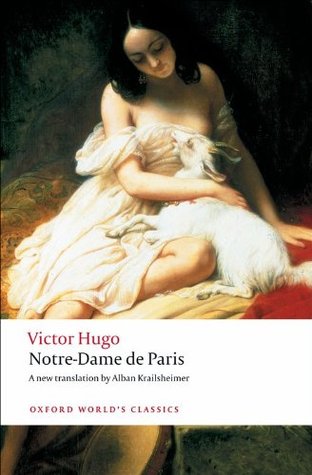For the rest the prodigious edifice remains always unfinished. The printing press, that giant machine, pumping without respite all the intellectual sap of society, incessantly spews out fresh material for its work. The entire human race is on the scaffolding. Every mind is a mason. The very humblest stops up a hole or lays a stone. Rétif de la Bretonne* brings up his hod full of plaster. Every day a new course is added. Independently of the original, individual contribution of each writer, there are collective shares. The eighteenth century gives the Encyclopédie, the Revolution the Moniteur*
...more
The great irony here is that the book did not kill the cathedral; Hugo's novel practically saved Notre Dame. He wages a campaign to save such structures through his novels and in other ways. He recognized how the printing press could be put to the purpose of saving architecture, and even in this chapter he notes that in his time the printing press "begins to reconstruct" what it had destroyed.
And maybe for Hugo the revival of architecture through literature was not an irony but something that rather proved his point: architecture is so dead that only its killer could revive it.
Maybe. But it seems to me that new technologies always give new life to old texts. Shakespeare, Jane Austen, Victor Hugo, all live again every time we get a new movie.
It's true that if new technologies are not invented, people continue to speak through existing technologies. If the printing press had never come along, the people of Europe would still have expressed themselves in illuminated manuscripts and stone cathedrals. Well enough. But I can't see how the old would not have stagnated, without the new. Living on and never being replaced is not the same thing as growing and thriving, not the same thing as renewal and life.


